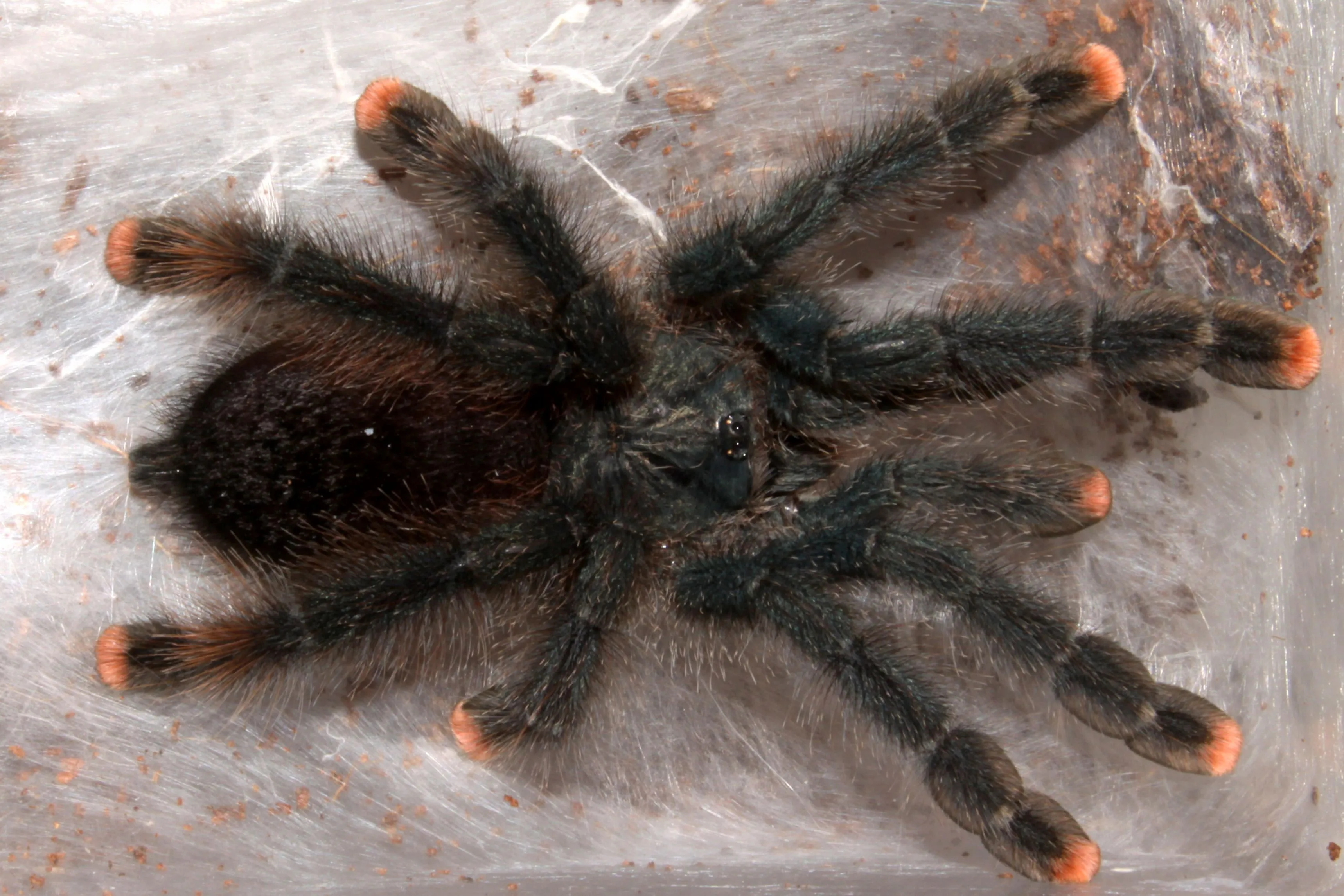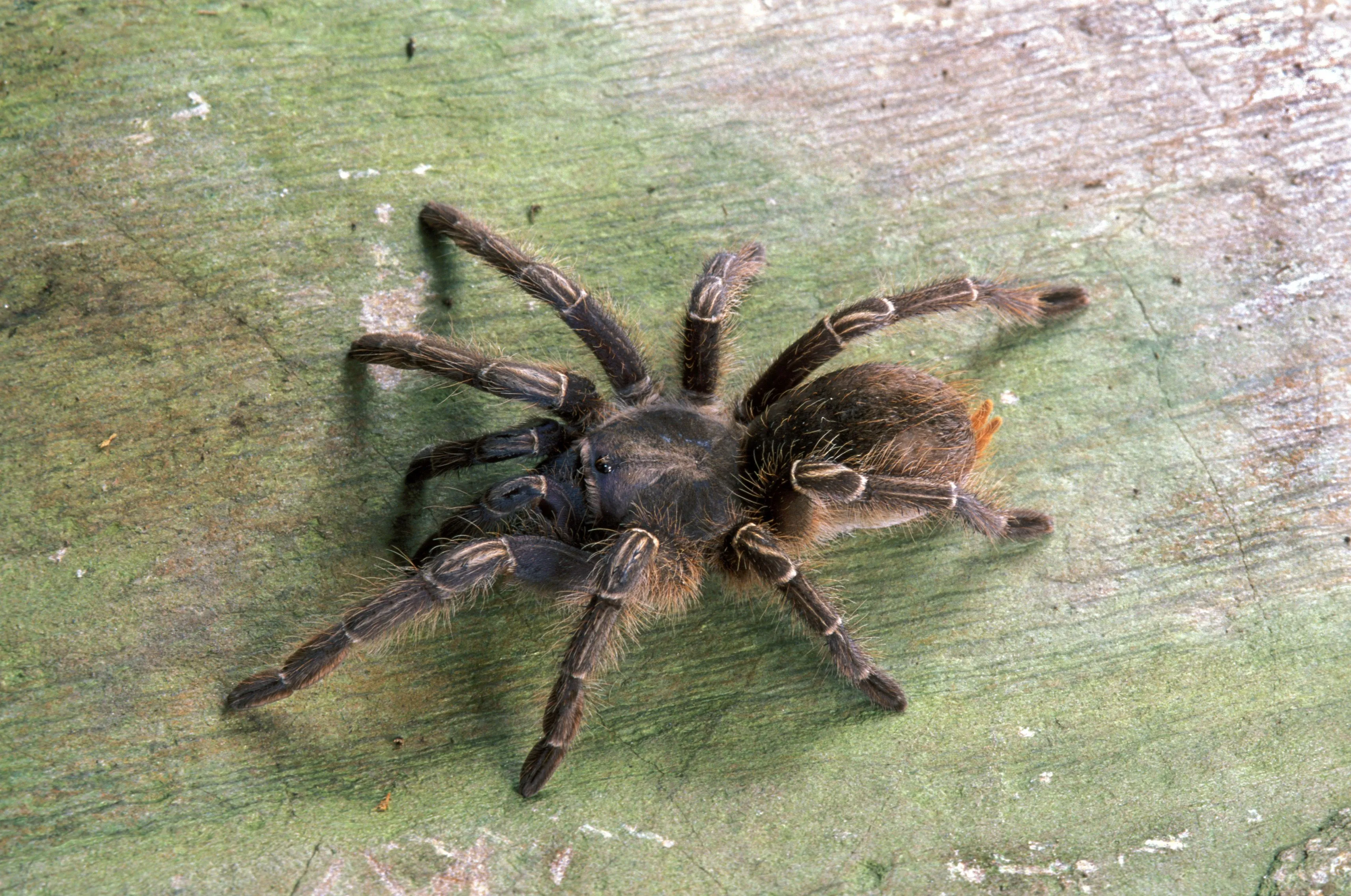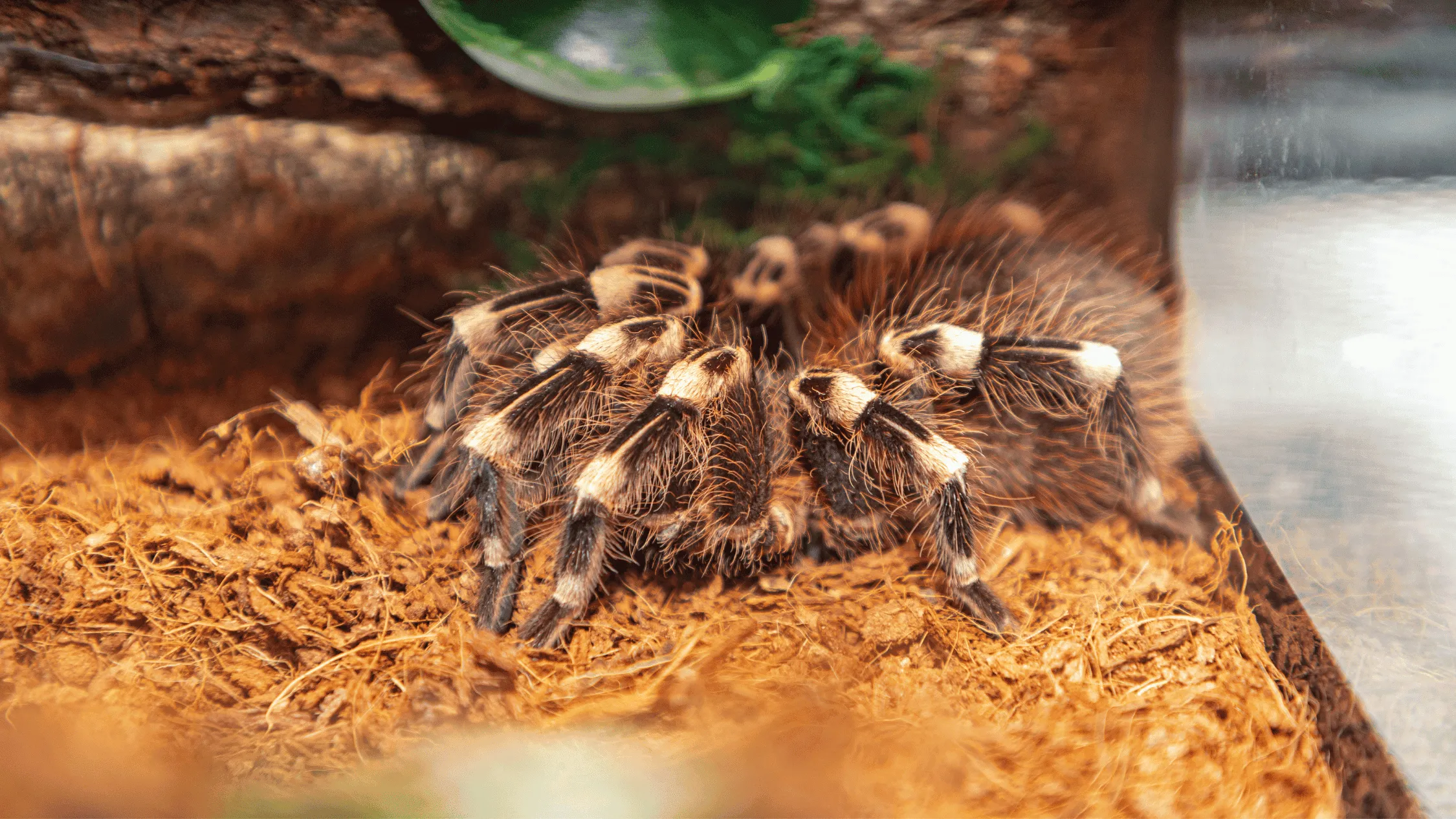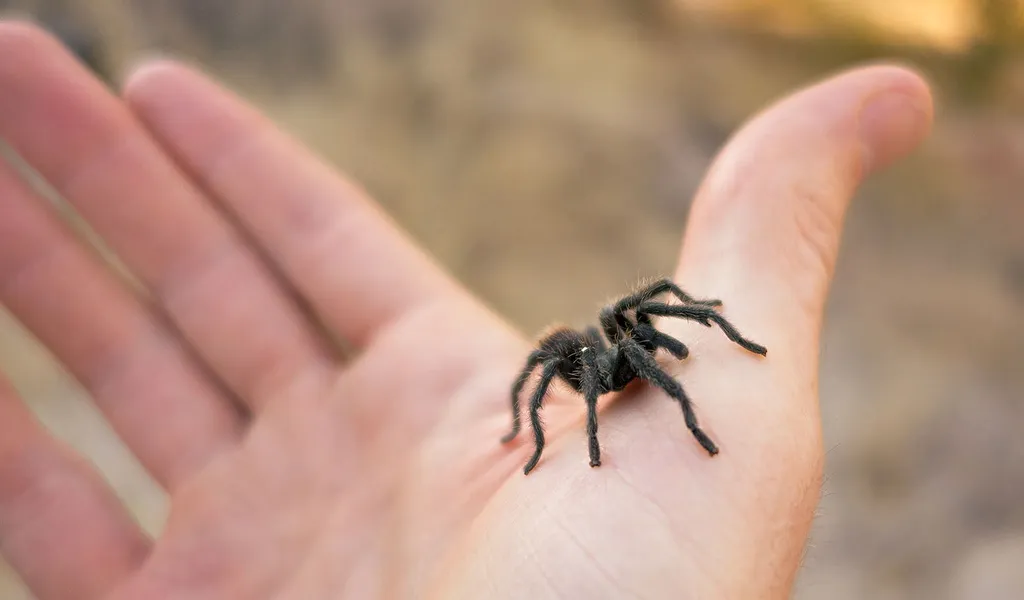Choosing Your Tarantula
Bringing a tarantula into your home is an exciting prospect, but it’s crucial to approach it with knowledge and preparation. This guide will walk you through every step of the process, ensuring you can provide your new pet with the best possible care and enjoy a rewarding experience. Before you bring a tarantula home, you must have a good understanding of what’s involved, including their specific needs, potential challenges, and the long-term commitment required. This initial research will set the foundation for a successful and fulfilling journey as a tarantula owner. It’s essential to grasp the responsibilities that come with owning an exotic pet, and prepare for the different aspects of its care.
Researching Tarantula Species
With over 900 species of tarantulas, understanding the differences between them is a critical first step. Some species are known for their docile temperaments and make better pets for beginners, while others can be more defensive and require more experience. Consider species like the Chilean rose hair tarantula (Grammostola rosea) or the Pinktoe tarantula (Avicularia avicularia) as good options for beginners due to their relatively mild temperament and lower care requirements. Learn about their growth rates, lifespan, and specific needs for temperature, humidity, and substrate. Researching different species helps you to choose a tarantula that aligns with your lifestyle, your available resources and your experience level, setting the stage for a positive ownership experience.
Considering Your Lifestyle

Tarantulas are relatively low-maintenance pets, but they still require daily or weekly care. Assess your lifestyle and how much time you can realistically dedicate to caring for a tarantula. This includes feeding, spot-cleaning the enclosure, monitoring humidity and temperature, and providing fresh water. Consider how often you travel and who will care for your tarantula in your absence. Do you have a safe, secure space for your tarantula, away from direct sunlight, drafts, and excessive noise? Do you have other pets that could pose a threat to your tarantula, or vice versa? Make sure to consider your available resources and whether you can afford the initial setup costs, as well as the ongoing expenses for food, substrate, and other supplies. Careful consideration of your lifestyle and resources will help ensure a successful and enjoyable tarantula ownership experience.
Where to Buy a Tarantula
Finding a reputable source to purchase your tarantula is essential. The health and well-being of your tarantula depend heavily on where you acquire it. Avoid purchasing tarantulas from unreliable sources to minimize the risk of getting a sick or poorly cared for specimen. You want to guarantee that your new pet comes from a healthy background and is of a known origin. Always research the seller before making a purchase, paying attention to their reputation, customer reviews, and the overall quality of their operation. Choosing the right vendor is a critical step in ensuring your tarantula thrives.
Reputable Breeders vs. Pet Stores
Reputable breeders are usually the best option for purchasing a tarantula. Breeders often specialize in certain species and have extensive knowledge of their care, genetics, and health. They typically raise tarantulas in a controlled environment and can provide valuable information and support to new owners. Pet stores can also be a source, but the quality of tarantulas and the level of care they receive can vary greatly. Carefully assess the store’s cleanliness, the condition of the tarantulas, and the knowledge of the staff before making a purchase. Prioritize breeders over pet stores, as they tend to prioritize the tarantula’s health and well-being.
Online Tarantula Vendors

Online vendors offer a wide selection of tarantulas, often with detailed information about each species. When buying online, make sure the vendor has a good reputation and offers a guarantee of live arrival. Read reviews, check for proper shipping practices, and ensure they have a good return policy in case of any issues. Look for vendors that specialize in tarantulas, as they are more likely to have the expertise and resources to care for these animals. Examine photos of the tarantulas for sale. A healthy tarantula will have a robust appearance, which is another factor to keep in mind.
Setting Up Your Tarantula’s Habitat
Creating the right environment is critical for your tarantula’s health and happiness. Tarantulas are very sensitive to their surroundings, and a poorly set-up enclosure can lead to stress and health problems. Before your tarantula arrives, you should have everything ready to go. This preparation ensures a smooth transition for your new pet. The habitat you create should provide the right temperature, humidity, hiding places, and security, mimicking its natural environment as closely as possible. The right setup promotes a healthy life, allowing your pet to flourish. Take time to research the specific needs of your chosen species to tailor the habitat accordingly. This proactive approach is a foundation for good tarantula care.
Choosing the Right Enclosure
The enclosure should be the right size for the species and the tarantula’s current size. It should be escape-proof, well-ventilated, and easy to clean. Glass or clear plastic terrariums are popular choices, allowing you to observe your tarantula while providing a secure environment. For terrestrial species, a wider enclosure is preferable, whereas arboreal species need a taller enclosure with climbing space. Make sure the lid fits securely and that there are no gaps where the tarantula can escape. The enclosure’s size and design are key to your tarantula’s comfort and security. A well-designed enclosure will also simplify maintenance. Carefully consider the type of tarantula and choose an enclosure that suits their needs.
Substrate and Furnishings

The substrate is the material that covers the bottom of the enclosure and should be appropriate for the species. Good substrate options include peat moss, coconut fiber, or a mix of both. The substrate helps to maintain humidity and provides a place for the tarantula to burrow or hide. Add furnishings like cork bark, branches, and artificial plants to create hiding spots and climbing structures. Ensure any decorations are non-toxic and won’t harm your tarantula. These elements contribute to a more enriching environment for your pet. A well-furnished enclosure replicates the natural habitat of the tarantula. This enhances its well-being and encourages natural behaviors. The furnishings should be easy to clean and safe.
Temperature and Humidity Control
Tarantulas need a specific temperature and humidity range to thrive. Use a thermometer and hygrometer to monitor the conditions in the enclosure. Most tarantulas do best between 70-85°F (21-29°C). The humidity level should be appropriate for the species, usually between 60-80%. You can maintain humidity by misting the enclosure with water regularly or by providing a water dish. Avoid placing the enclosure in direct sunlight or near heat sources that could overheat it. Ventilation is also important to prevent mold growth and ensure air circulation. Regular monitoring and adjustments are necessary to keep the enclosure within the ideal range. Good control over temperature and humidity is essential for a healthy tarantula.
Feeding Your Tarantula
Proper feeding is a key aspect of tarantula care. Understanding what to feed your tarantula and how often will contribute to its health and longevity. Different species have different dietary needs, so knowing what your tarantula eats is very important. It is important to establish a feeding routine to maintain their health. The right diet, in the right amounts, keeps your tarantula well-nourished and promotes optimal health. Feeding a tarantula requires as much care as providing the enclosure.
What to Feed Tarantulas

Tarantulas are primarily insectivores, meaning they eat insects. The best food sources are live insects such as crickets, mealworms, dubia roaches, and locusts. The size of the prey should be appropriate for the size of the tarantula; it shouldn’t be larger than the tarantula’s body. You can purchase these insects from pet stores or online suppliers. Make sure the insects are gut-loaded with nutritious food before feeding them to your tarantula. This ensures that the tarantula gets the necessary vitamins and minerals. Remove any uneaten food from the enclosure within 24 hours to prevent mold growth and maintain hygiene. The diet should be varied to provide all the nutrients. Fresh water should always be available in a shallow dish.
Feeding Frequency
The frequency of feeding depends on the age and species of your tarantula. Spiderlings need to be fed more often than adult tarantulas. Spiderlings may need to be fed every other day, while adults can be fed once or twice a week. Observe your tarantula’s behavior to gauge its appetite. If the tarantula is always hungry, you may need to increase the feeding frequency. Avoid overfeeding, as this can lead to health problems. As tarantulas approach molting, they often stop eating. Do not try to force-feed a tarantula. Adjust the feeding schedule as necessary, taking into account its activity level, growth, and molting cycle.
Handling and Safety Precautions
While tarantulas aren’t typically aggressive, handling them isn’t always necessary and can pose risks to both the tarantula and the handler. Understanding the potential dangers of handling and knowing how to safely handle them will help ensure a positive experience. It is important to be careful and cautious around them, as their behavior can be unpredictable. Always prioritize the safety of the tarantula and yourself by following some simple guidelines. A safe approach minimizes the risk of bites, falls, and other injuries. Always handle a tarantula near the ground. Consider that some species have urticating hairs that can cause irritation.
Safe Handling Practices

If you must handle your tarantula, do so with great care and patience. Approach the tarantula slowly and gently, avoiding any sudden movements that might startle it. Allow the tarantula to walk onto your hand rather than trying to pick it up. Support the tarantula with both hands, ensuring it feels secure. Handle your tarantula over a soft surface, such as a bed or a carpet, in case it falls. Wash your hands thoroughly before and after handling to prevent the spread of any bacteria. Never handle your tarantula if you have applied lotion or perfumes, as this can harm your pet. Handle them gently, and always be aware of their behavior.
Recognizing Signs of Stress
Tarantulas can display several signs of stress, including flicking hairs, rearing up in a defensive posture, or running away. If your tarantula shows any of these signs, it’s best to leave it alone and allow it to calm down. Avoid handling a stressed tarantula, as it may be more likely to bite or release urticating hairs. Make sure its enclosure is properly set up, with suitable temperature, humidity, and hiding places, as these factors can contribute to stress. Regularly monitor the tarantula’s behavior to recognize signs of stress. Maintaining a calm and consistent environment will minimize stress and promote the well-being of your tarantula.
Health and Common Issues
Tarantulas, like all living creatures, can suffer from various health issues. Recognizing signs of illness and knowing how to address them is an important part of responsible tarantula ownership. Some health problems are common, so knowing what to look for is an important part of tarantula care. Regular observation of your pet will help you quickly address any health issues. If you know the risks and how to address them, you can ensure your tarantula remains healthy and happy.
Identifying Common Tarantula Diseases

Several common issues can affect tarantulas. These include fungal infections, parasitic infections, and dehydration. Fungal infections are often caused by poor enclosure hygiene or incorrect humidity levels. Parasitic infections can occur from contaminated food or substrate. Dehydration can result from insufficient water availability or an overly dry environment. Signs of these issues include lethargy, loss of appetite, abnormal postures, and discoloration. Other potential issues include mites, which can infest the tarantula, and injuries from falls or failed molts. A proactive approach to preventative care minimizes the chances of issues occurring.
Seeking Veterinary Care
If you suspect your tarantula is sick, consult a veterinarian experienced with exotic animals. Many standard veterinarians do not have experience in caring for tarantulas. Look for a vet who specializes in reptiles or invertebrates. They can diagnose the problem and recommend appropriate treatment. Avoid self-treating your tarantula, as this could worsen the situation. Provide the vet with as much information as possible about your tarantula, including its species, age, and the conditions in which it lives. Early veterinary intervention increases the chances of successful treatment and recovery. Taking proactive care will protect your pet.
Enjoying Your Tarantula Pet
Owning a tarantula can be a fascinating and rewarding experience. By following this guide, you’ve learned how to provide the best possible care for your pet. With the right knowledge, you can observe their unique behaviors and appreciate their beauty. Enjoy watching them hunt, molt, and explore their environment. Engage with the tarantula by observing its activities and learning more about its behavior. By taking the time to learn and care for your tarantula, you can form a unique bond that will bring you a lot of joy. Remember, the key to successful tarantula ownership is knowledge, patience, and a commitment to providing a safe and stimulating environment. Your tarantula’s well-being is in your hands!
